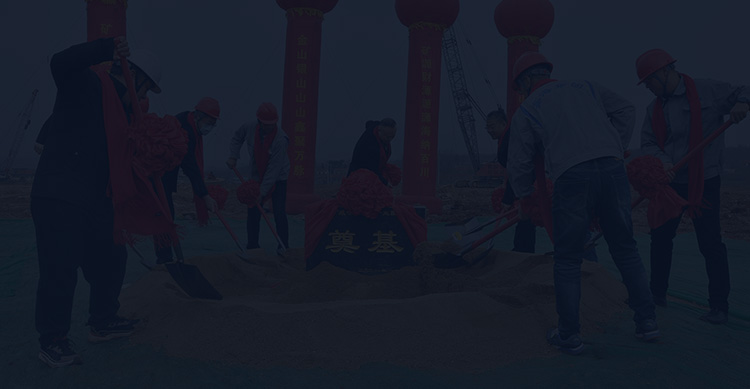
With the continuous development and utilization of rich mineral resources around the world, the utilization of low-grade ores has gradually attracted the attention of the mining industry. Although the content of valuable minerals in low-grade ores is low, with the continuous advancement of technology, the recovery technology of low-grade ores has been further developed. Magnetic separation technology is an important sorting method for mineral processing. Due to its high efficiency and environmental protection, it is widely used in ore processing, especially in the beneficiation of low-grade ores. However, the complexity and variability of low-grade ores will increase the difficulty and challenges of magnetic separation technology. This article will introduce you to the application of magnetic separation technology for low-grade ores and the problems that may be encountered in the process.
.jpg)
Principle of magnetic separation: Mineral separation is achieved through the magnetic difference between different minerals. Different minerals in the ore respond differently to the external magnetic field, and the minerals can be selectively separated. There are two types of magnetic separation processes: wet and dry. Wet magnetic separation is used to process fine-grained minerals, and dry magnetic separation is used to process coarse-grained ores. Because low-grade ores have low valuable mineral content, small mineral particle size, and a large amount of non-magnetic impurities, according to these characteristics, choosing traditional magnetic separation methods will affect the separation effect. Therefore, it is very important to choose the right magnetic separation technology for the recovery of low-grade ores.
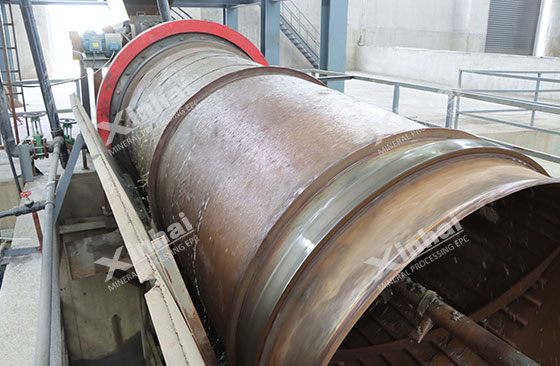
1. Ore particle size and material uniformity: Low-grade ores have small particle size and uneven distribution, which will increase the difficulty of separating magnetic minerals from non-magnetic minerals and affect the stability of magnetic separation.
2. Mineral impurities and paragenetic minerals: Low-grade ores contain a large number of impurity minerals, such as clay, quartz and other non-magnetic minerals, and these impurities will coexist with valuable minerals, making it difficult to accurately separate useful minerals during magnetic separation.
3. Difficulty in recovering low-magnetic minerals: Because some minerals in low-grade ores have weak magnetism, they are difficult to separate from other non-magnetic minerals under the action of magnetic fields, and it is also difficult to effectively recover these valuable minerals using traditional magnetic separation equipment.
4. The impact of harmful elements in ores: Low-grade ores may contain harmful elements such as lead and arsenic, which will pollute the environment during magnetic separation.
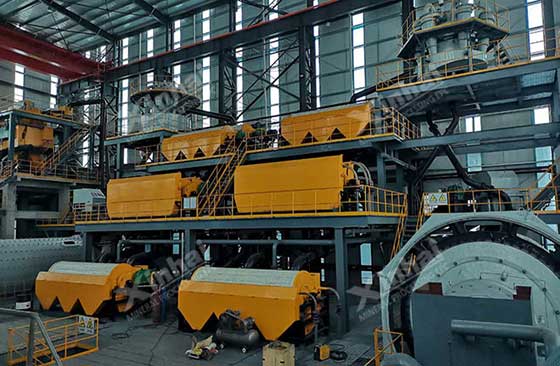
1. Application of high-intensity magnetic field technology: The use of high-intensity magnetic field technology can effectively solve the problem of weak magnetic properties of useful minerals in low-grade ores. High-intensity magnetic fields can enhance the magnetic response of minerals and improve the efficiency of magnetic separation. For example, the use of superconducting magnetic separation technology can effectively improve the magnetic separation effect and increase the recovery rate of ore.
2. Application of graded magnetic separation technology: Due to the fine particle size of low-grade ores, the use of graded magnetic separation technology can be used to sort ores in multiple levels, thereby increasing the recovery rate of ore. Multiple magnetic separations can be carried out under different magnetic field intensities to gradually remove non-magnetic minerals and impurities, thereby improving the grade and recovery efficiency of the ore.
3. Selection and optimization of wet and dry magnetic separation: In the selection of low-grade ores, it is very important to choose a suitable magnetic separation method. Wet magnetic separation improves the sorting efficiency of ore by combining water flow and magnetic field, while dry magnetic separation technology can be applied in areas where environmental water resources are relatively scarce.
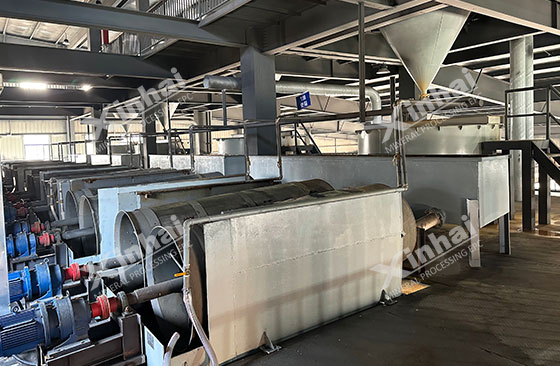
1. Magnetic separation + flotation: Magnetic separation technology can be used to remove magnetic impurities, while flotation technology can be used to separate non-magnetic useful minerals, thereby improving the recovery rate of low-grade ores and achieving comprehensive recovery of ores.
2. Magnetic separation + gravity: Gravity separation technology can be used to separate large-particle minerals. In the low-grade ore sorting process, the combined magnetic separation and gravity separation process can effectively separate large-particle magnetic minerals and non-magnetic minerals and optimize the recovery process.
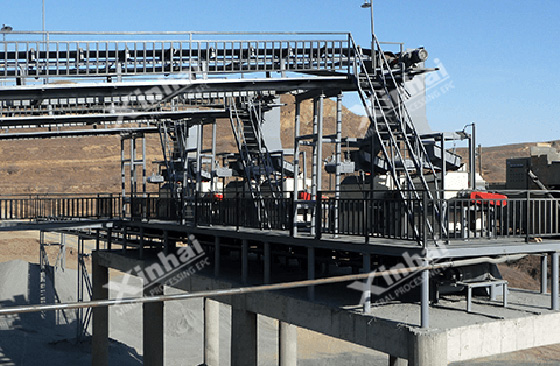
Magnetic separation and recovery technology for low-grade ores occupies an important position in mineral processing. Despite a series of challenges such as ore particle size, impurity interference, and difficulty in recovering magnetic minerals, the recovery efficiency of low-grade ores has been significantly improved with the continuous development of high-intensity magnetic field technology, graded magnetic separation, magnetic aggregators and other technologies. In the future, with the integration of intelligent and environmental protection technologies, magnetic separation and recovery technology for low-grade ores will usher in a broader development prospect.
To find out more about our products and solutions, please fill out the form below and one of our experts will get back to you shortly.